Angina Pectoris is a term that describes chest pain or discomfort caused by a reduced blood flow to the heart muscles. When the heart doesn’t get enough oxygen-rich blood, it can lead to a squeezing or pressure-like feeling in the chest. This condition is like a warning sign from our heart, telling us that it needs more blood and oxygen. Imagine a traffic jam on a road – when cars can’t move smoothly, there’s a problem. Similarly, when our heart faces a traffic jam of sorts with blood flow, it signals discomfort.
In simple terms, Angina Pectoris happens when the blood vessels that supply the heart muscle with blood (like tiny roads for blood) get narrowed or blocked. The heart is a hardworking muscle that needs a constant supply of blood to function properly. Active blood flow keeps it healthy, like how playing in the park keeps our bodies fit. However, when these blood vessels become clogged or tight, it’s like a blockage on our favorite playground slide – the blood can’t slide through smoothly, causing the heart to feel uneasy.
Read.. What is Heart Failure? Cause, Symptoms & Treatment
Imagine our heart as a superhero, always working to keep us alive. But even superheroes need help sometimes, and that’s where our actions come in. We can help our heart by making healthy choices, like eating well and staying active. These actions ensure the blood vessels stay open and clear, helping the heart function without feeling that uncomfortable squeeze.
In conclusion, Angina Pectoris is a way our heart communicates with us, letting us know it needs more blood and oxygen. It’s like a little red flag waving, asking for our attention. By understanding this condition, we become heart heroes, helping our vital organ stay strong and healthy.
Causes of Angina Pectoris
Angina Pectoris is like a puzzle, and understanding its causes helps us put the pieces together. Let’s explore the reasons behind this chest discomfort in simple terms that even a sixth-grader can easily grasp.
Read.. What is Arrhythmias? Its Causes, Symptoms & Treatment
What Causes Angina Pectoris?
- Blocked Roads: Imagine tiny roads inside your body that carry blood to the heart. When these roads get blocked, it’s like a traffic jam, and that’s not good for our heart. The main cause of Angina Pectoris is the narrowing or blocking of these blood vessels, known as coronary arteries. It’s like a roadblock preventing the smooth flow of traffic, and in this case, it’s the flow of blood.
- Cholesterol Villains: There are good and bad guys in our body, and cholesterol has both. The bad guys, or LDL cholesterol, can build up on the inner walls of our blood vessels, creating a sticky mess. This sticky mess can form a plaque, like gunk on the walls, making it hard for blood to pass through. When the blood can’t flow freely, the heart might start feeling uneasy.
- Spasms – the Sudden Squeeze: Sometimes, our blood vessels can suddenly squeeze or spasm, like when you give a tight hug. This squeezing can reduce blood flow to the heart, causing discomfort. It’s like a temporary road closure that can make the heart say, “Hey, I need more space!”
- Too Much Pressure: High blood pressure is another troublemaker. When the blood pushes too hard against the walls of the blood vessels, it’s like too much pressure in a water hose. Over time, this constant pressure can damage the walls, making it difficult for blood to flow smoothly.
Symptoms of Angina Pectoris
Angina Pectoris can be like a secret message from our heart, telling us it needs attention. Let’s uncover the mystery of its symptoms in a way that a sixth-grader can easily understand.
Read.. Atrial Fibrillation Cause, Symptoms and Treatment
Understanding Angina Pectoris Symptoms
- Chest Discomfort – The Uninvited Guest: The most common symptom is a feeling of discomfort or pressure in the chest. It’s like when your backpack is too heavy, and you feel a squeeze on your shoulders. The chest, like our backpack, may feel tight or heavy, signaling that something isn’t quite right.
- Pain Beyond the Chest: Sometimes, the discomfort doesn’t just stay in the chest. It can spread to the arms, neck, jaw, or even the back. It’s like when you stub your toe, and the pain seems to shoot up your leg. The heart, when unhappy, might send signals to other parts of the body.
- Shortness of Breath – Catching Your Breath: Picture running around the playground and feeling out of breath. Similarly, with Angina Pectoris, you might feel like you can’t catch your breath, even if you’re not playing. It’s like the body is asking for more air because the heart is working harder.
- Dizziness – The Spinning Playground: Feeling dizzy or lightheaded is another symptom. It’s like when you spin around too much on the playground – everything starts to feel a bit wobbly. When our heart isn’t getting enough blood, it can make us feel off-balance.
- Sweating – The Unexpected Workout: Imagine feeling sweaty without doing any exercise. Sweating, even in a cool room, can be a sign of Angina Pectoris. It’s like the body’s way of saying, “Hey, I’m working hard even though you’re not running around.”
What Can We Do?
Understanding the symptoms is like having a map to navigate through challenges. If you or someone you know experiences these signs, it’s essential to take action:
Read.. What is Mitral Valve Prolapse? Its Causes, Sypmtoms & Treatment
- Rest: When your body feels tired after playing, you rest, right? Similarly, if you’re feeling chest discomfort, taking a break and resting can be helpful.
- Tell an Adult: Just like you would tell an adult if you don’t feel well, it’s crucial to share these symptoms with a grown-up. They can help figure out what’s going on and get the right help.
- Don’t Ignore: Ignoring these signs is like ignoring a red stop sign on the road. If our body is telling us something, it’s essential to pay attention and take the necessary steps.
Treatment of Angina Pectoris
Angina Pectoris may be like a puzzle, but there are ways to put the pieces back together. Let’s explore the treatment options in simple terms that a sixth-grader can easily understand.
Treatment for Angina Pectoris
- Rest – Giving Our Heart a Break: When our bodies get tired, we rest, right? Similarly, when someone with Angina Pectoris feels discomfort, resting is like giving their heart a break. It’s like telling the heart, “Take it easy, we’ve got this.”
- Medicines – Tiny Helpers for the Heart: Doctors may give special medicines to help the heart work better. It’s like having little helpers inside our body that make sure everything runs smoothly. These medicines can widen the blood vessels, allowing the blood to flow more freely, and reduce the heart’s workload.
- Lifestyle Changes – Choosing Healthy Habits: Imagine our bodies as houses, and we can choose to decorate them with healthy habits. Eating well, staying active, and not smoking are like painting our houses with bright colors. These lifestyle changes can make our hearts strong and less likely to feel uncomfortable.
- Oxygen Therapy – Breathing in Fresh Air: Sometimes, when the heart needs more oxygen, doctors may give extra oxygen through a mask. It’s like taking a deep breath of fresh air when we feel tired. This helps the heart get the oxygen it craves.
Read.. What is Aortic Stenosis? Causes, Symptoms & Treatment
How Can We Help?
Understanding the treatment for Angina Pectoris is like knowing the tools in a toolbox. Here’s how we can be a part of the solution:
- Support: Just like we support a friend when they’re feeling down, someone with Angina Pectoris needs our understanding. Encouraging them to follow their treatment plan is like being a good friend to their heart.
- Healthy Choices: We can make healthy choices together! Eating delicious fruits, vegetables, and whole grains is like having a party for our hearts. By choosing these foods, we help our hearts stay happy and strong.
- Stay Active: Being active isn’t just fun; it’s good for our hearts too! It’s like giving our hearts a workout to keep them in top shape. Going for a walk, playing sports, or dancing – these are all ways to show our hearts some love.




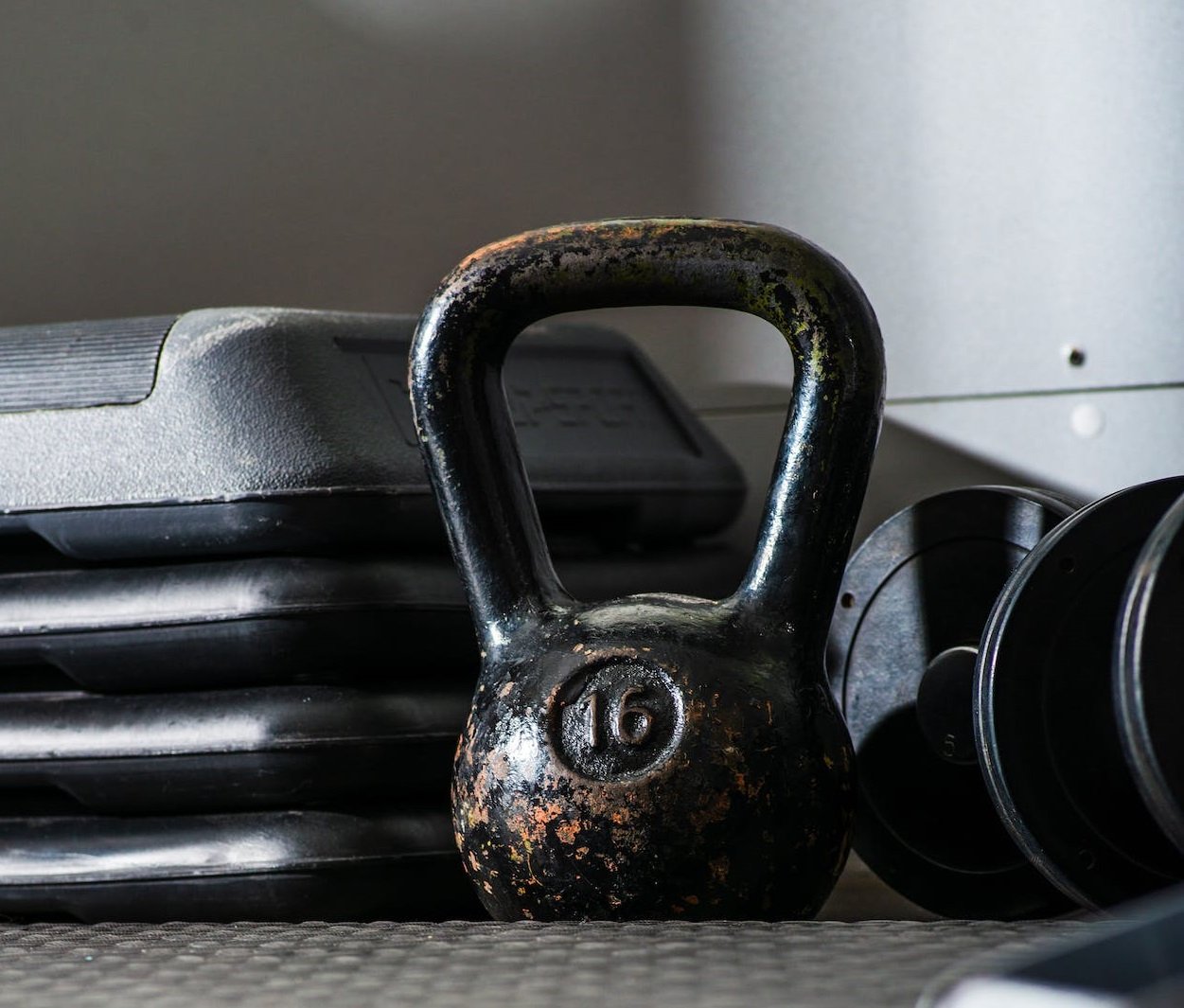

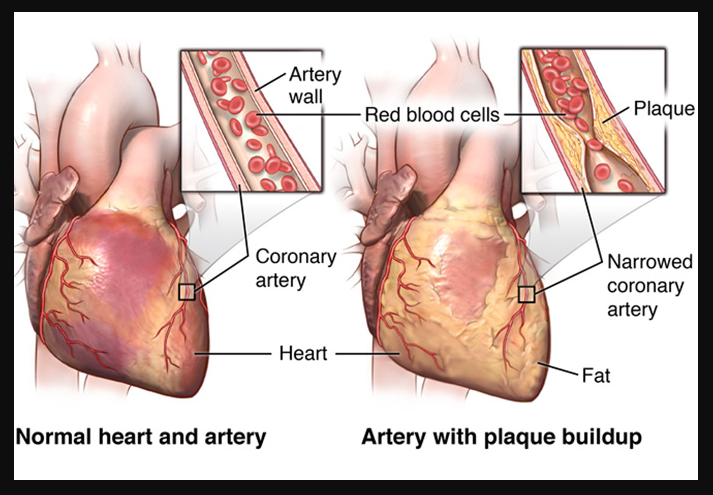

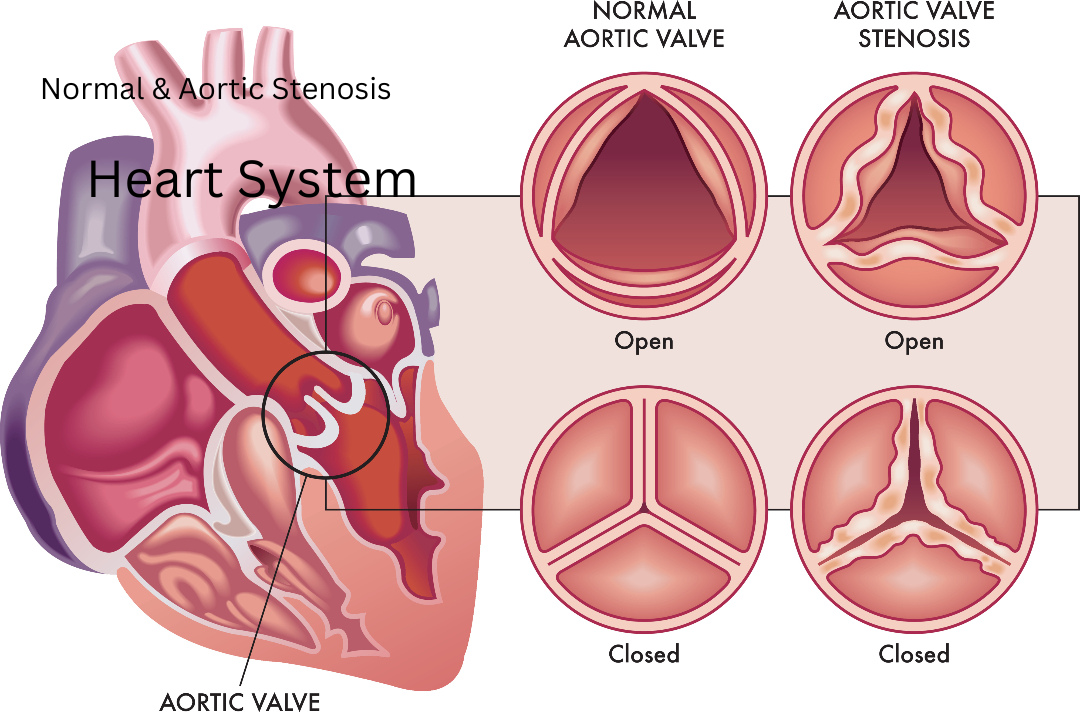


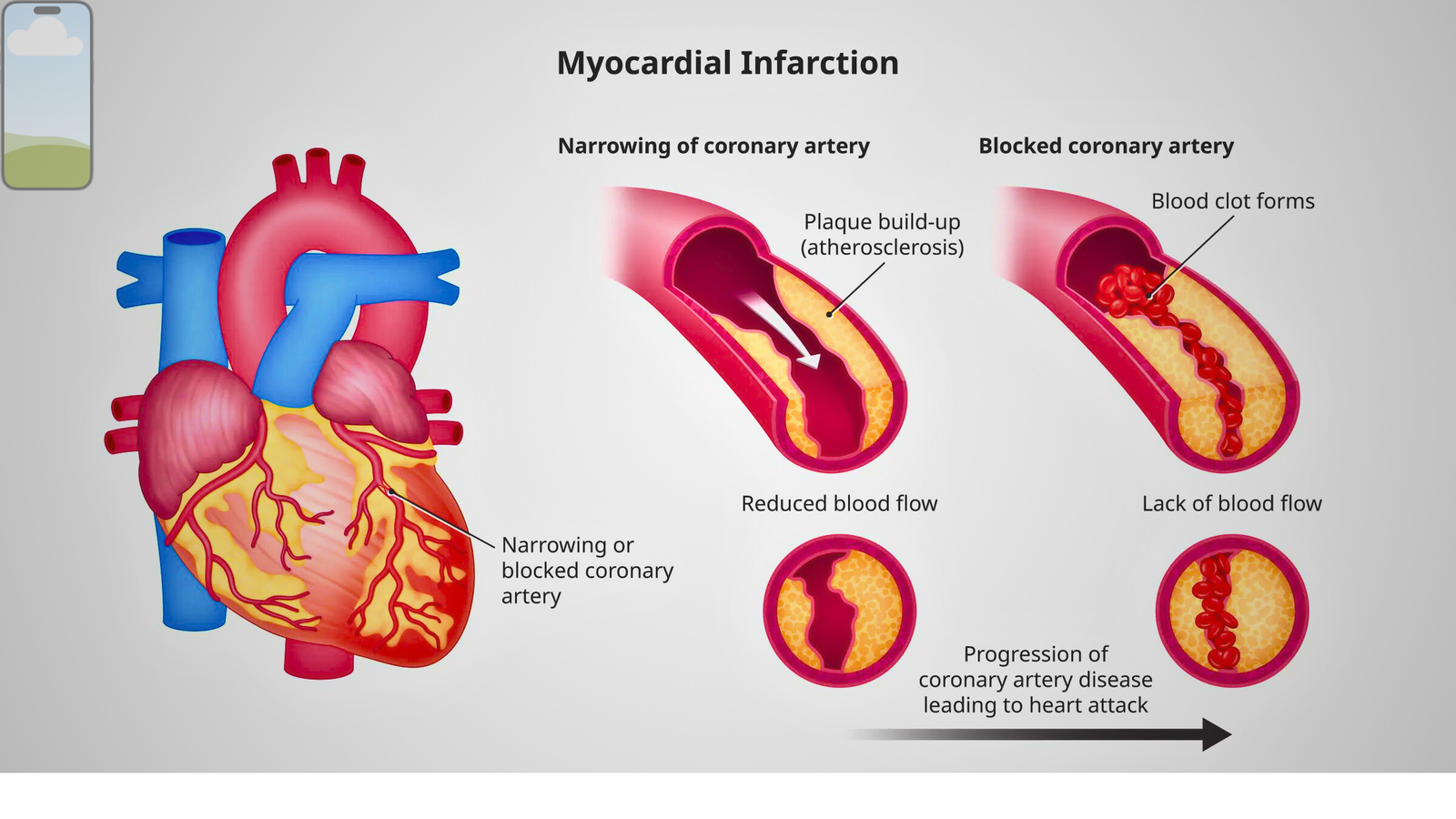
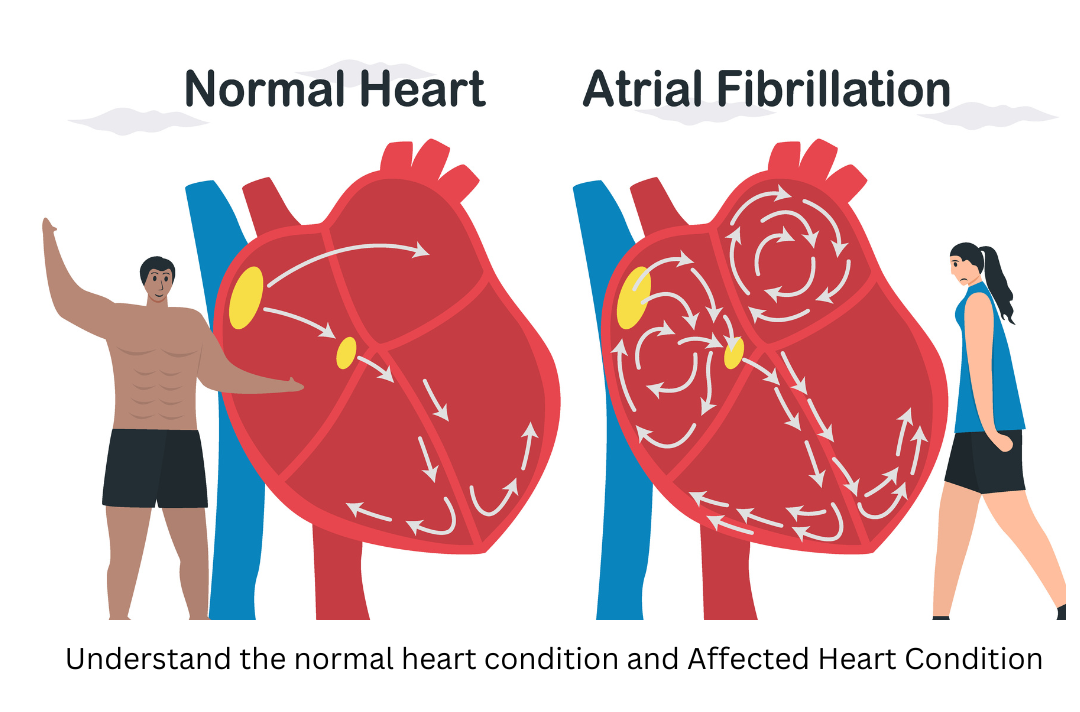
I really like reading through a post that can make men and women think. Also, thank you for allowing me to comment!
You could never find the words to describe how much I loved you. No matter how beautiful the picture is or how polished your writing is, you read it quickly. To be honest, I think you should give it another chance soon. I will probably try to go on this hike again and again if you make sure it is safe.
I was suggested this web site by my cousin Im not sure whether this post is written by him as no one else know such detailed about my trouble You are incredible Thanks
I loved as much as you will receive carried out right here The sketch is tasteful your authored subject matter stylish nonetheless you command get got an edginess over that you wish be delivering the following unwell unquestionably come further formerly again as exactly the same nearly very often inside case you shield this hike
Thanks I have recently been looking for info about this subject for a while and yours is the greatest I have discovered so far However what in regards to the bottom line Are you certain in regards to the supply
Ive read several just right stuff here Certainly price bookmarking for revisiting I wonder how a lot effort you place to create this kind of great informative website
Somebody essentially help to make significantly articles Id state This is the first time I frequented your web page and up to now I surprised with the research you made to make this actual post incredible Fantastic job
Thanks I have recently been looking for info about this subject for a while and yours is the greatest I have discovered so far However what in regards to the bottom line Are you certain in regards to the supply
I do not even know how I ended up here but I thought this post was great I dont know who you are but definitely youre going to a famous blogger if you arent already Cheers
What i dont understood is in reality how youre now not really a lot more smartlyfavored than you might be now Youre very intelligent You understand therefore significantly in terms of this topic produced me personally believe it from a lot of numerous angles Its like women and men are not interested except it is one thing to accomplish with Woman gaga Your own stuffs outstanding Always care for it up
Simply desire to say your article is as surprising The clearness in your post is simply excellent and i could assume you are an expert on this subject Fine with your permission let me to grab your feed to keep up to date with forthcoming post Thanks a million and please carry on the gratifying work
Simply wish to say your article is as amazing The clearness in your post is just nice and i could assume youre an expert on this subject Well with your permission let me to grab your feed to keep updated with forthcoming post Thanks a million and please carry on the gratifying work
you are in reality a just right webmaster The site loading velocity is incredible It seems that you are doing any unique trick In addition The contents are masterwork you have performed a wonderful task on this topic
I have been surfing online more than 3 hours today yet I never found any interesting article like yours It is pretty worth enough for me In my opinion if all web owners and bloggers made good content as you did the web will be much more useful than ever before
Usually I do not read article on blogs however I would like to say that this writeup very compelled me to take a look at and do so Your writing taste has been amazed me Thanks quite nice post
My brother recommended I might like this web site He was totally right This post actually made my day You cannt imagine just how much time I had spent for this information Thanks
What i dont understood is in reality how youre now not really a lot more smartlyfavored than you might be now Youre very intelligent You understand therefore significantly in terms of this topic produced me personally believe it from a lot of numerous angles Its like women and men are not interested except it is one thing to accomplish with Woman gaga Your own stuffs outstanding Always care for it up
I just could not leave your web site before suggesting that I really enjoyed the standard information a person supply to your visitors Is gonna be again steadily in order to check up on new posts
I was recommended this website by my cousin I am not sure whether this post is written by him as nobody else know such detailed about my trouble You are amazing Thanks
I don’t think the title of your article matches the content lol. Just kidding, mainly because I had some doubts after reading the article.
Somebody essentially help to make significantly articles Id state This is the first time I frequented your web page and up to now I surprised with the research you made to make this actual post incredible Fantastic job
Hi Neat post Theres an issue together with your web site in internet explorer may test this IE still is the marketplace chief and a good component of people will pass over your fantastic writing due to this problem
Somebody essentially lend a hand to make significantly posts I might state That is the very first time I frequented your web page and up to now I surprised with the research you made to create this particular put up amazing Excellent job
Thank you for your sharing. I am worried that I lack creative ideas. It is your article that makes me full of hope. Thank you. But, I have a question, can you help me?
Hi i think that i saw you visited my web site thus i came to Return the favore I am attempting to find things to improve my web siteI suppose its ok to use some of your ideas
I just could not depart your web site prior to suggesting that I really loved the usual info an individual supply in your visitors Is gonna be back regularly to check up on new posts
Attractive section of content I just stumbled upon your blog and in accession capital to assert that I get actually enjoyed account your blog posts Anyway I will be subscribing to your augment and even I achievement you access consistently fast
I was recommended this website by my cousin I am not sure whether this post is written by him as nobody else know such detailed about my trouble You are amazing Thanks
Hey there You have done a fantastic job I will certainly digg it and personally recommend to my friends Im confident theyll be benefited from this site
I loved as much as youll receive carried out right here The sketch is attractive your authored material stylish nonetheless you command get bought an nervousness over that you wish be delivering the following unwell unquestionably come more formerly again as exactly the same nearly a lot often inside case you shield this hike
I was recommended this website by my cousin I am not sure whether this post is written by him as nobody else know such detailed about my difficulty You are wonderful Thanks
I have been surfing online more than 3 hours today yet I never found any interesting article like yours It is pretty worth enough for me In my opinion if all web owners and bloggers made good content as you did the web will be much more useful than ever before
I do trust all the ideas youve presented in your post They are really convincing and will definitely work Nonetheless the posts are too short for newbies May just you please lengthen them a bit from next time Thank you for the post
I do agree with all the ideas you have introduced on your post They are very convincing and will definitely work Still the posts are very short for newbies May just you please prolong them a little from subsequent time Thank you for the post
Somebody essentially lend a hand to make significantly posts I might state That is the very first time I frequented your web page and up to now I surprised with the research you made to create this particular put up amazing Excellent job
Its like you read my mind You appear to know a lot about this like you wrote the book in it or something I think that you could do with some pics to drive the message home a little bit but instead of that this is fantastic blog An excellent read I will certainly be back
Thanks I have recently been looking for info about this subject for a while and yours is the greatest I have discovered so far However what in regards to the bottom line Are you certain in regards to the supply
of course like your website but you have to check the spelling on several of your posts A number of them are rife with spelling issues and I in finding it very troublesome to inform the reality on the other hand I will certainly come back again
I was suggested this web site by my cousin Im not sure whether this post is written by him as no one else know such detailed about my trouble You are incredible Thanks
Hi my family member I want to say that this post is awesome nice written and come with approximately all significant infos I would like to peer extra posts like this